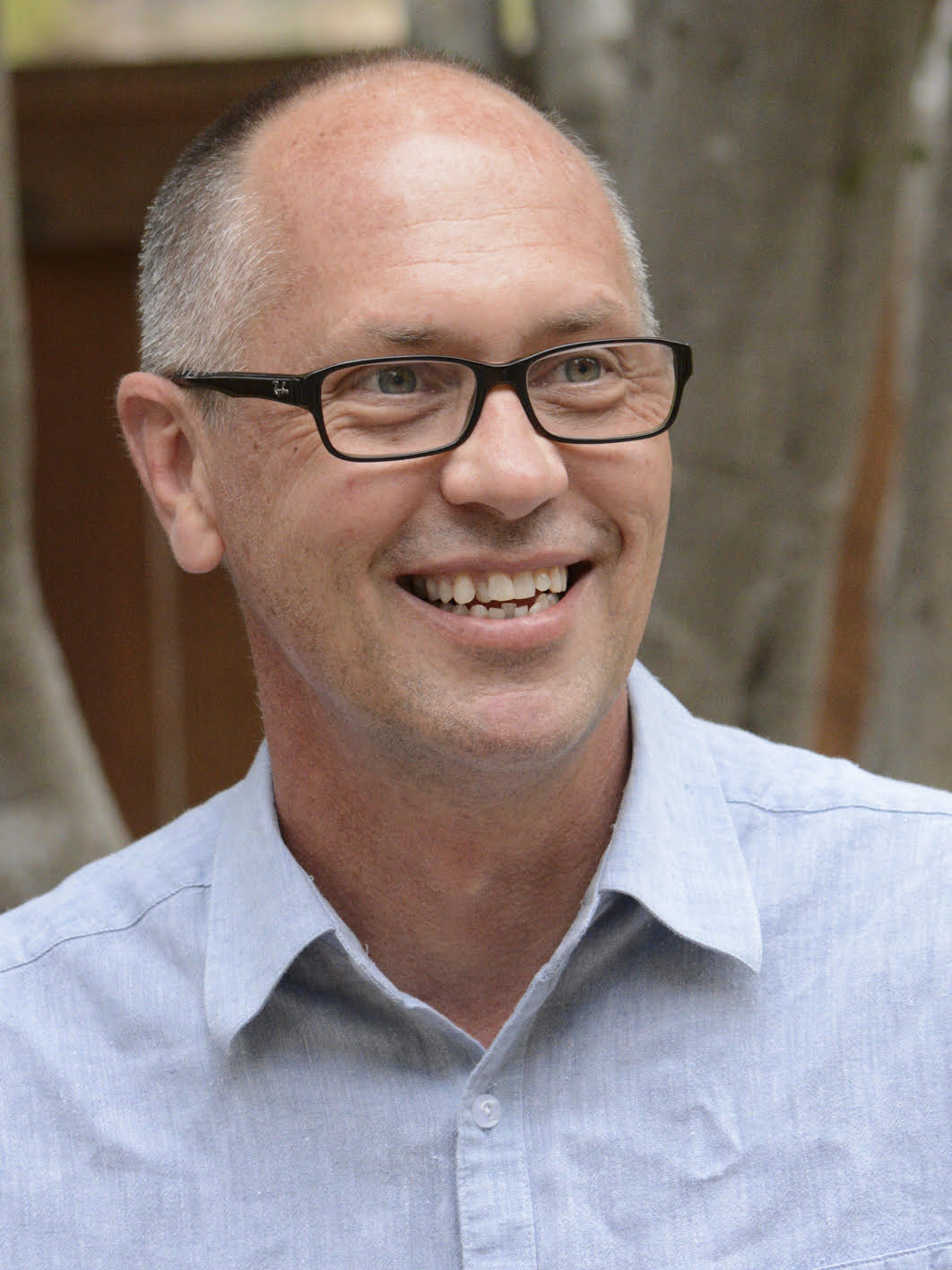
Douglas Nitz
Professor and Chair of Cognitive Science

- Profile
Profile
I grew up in Cincinnati, Ohio and earned my Bachelor of Science at the University of Cincinnati. It's here that I fell in love with neuroscience, having been given a great opportunity to work with brain stimulation reward with Robert Frank. I worked for a year or so as a sleep disorders technician after my undergraduate training was complete, participating in a number of studies testing new sleep-inducing compounds, treating sleep apnea patients, and testing the effects of potential treatments for narcolepsy.
In the fall of 1988, I left for UCLA's Neuroscience PhD program as part of the Basic Sleep Research Training Program. During this time, I continued to work in sleep disorders clinics (two nights/week) while working on my doctoral thesis work in the laboratory of Jerome Siegel, discoverer of the proximal cause of narcolepsy in humans. Through the work in the Siegel laboratory and the training program, I was fortunate to be exposed to and participate in an abundance of systems neuroscience problems where understanding interactions among multiple brain regions is key.
I finished my PhD in the spring of 1995 (yes, it took awhile!) and took a post-doctoral position with Bruce McNaughton at the University of Arizona. It's here that I learned to apply the neuroscience methodology, recording of multiple single neurons in behaving animals, that still dominates my work today and which, for me, is the most revealing of brain function as it relates to information processing.
The work in McNaughton lab stoked my interest in spatial cognition which remains the focus of my research program today (and tomorrow...probably). From there, I did a short stint recording hippocampal neurons in homing pigeons with Vern Bingman at Bowling Green State University. By the fall of 1998, I signed on to work at The Neurosciences Institute in San Diego with Giulio Tononi and Gerald Edelman (who won the Nobel Prize for work on the immune system in 1975). It's here that I was afforded my first opportunity to run my own small laboratory as a senior fellow and also where I began work on cortical representation of spatial information.
Ten years later, I was fortunate to find a research professor position with the Cognitive Science Department at UCSD. The research and teaching at UCSD have been very rewarding and being in cognitive science gives one valuable exposure to multiple different perspectives on 'science'. I've had a lot of luck along the way, met a lot of great people, and love San Diego for its awesome combination of high-level neuroscience, craft beers, and great surf.